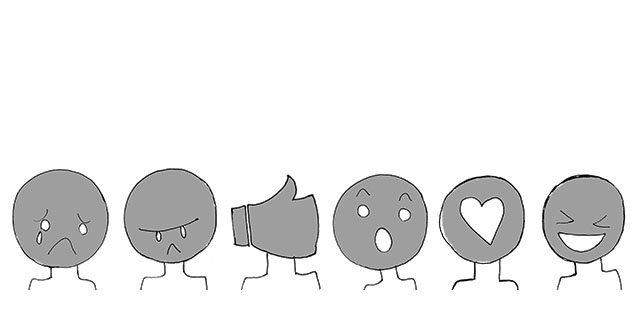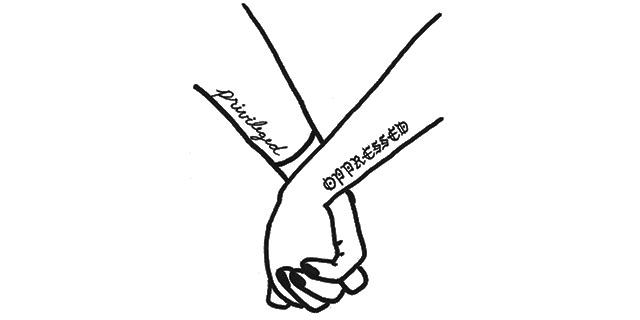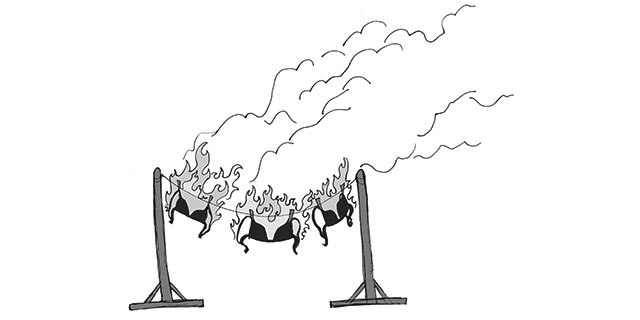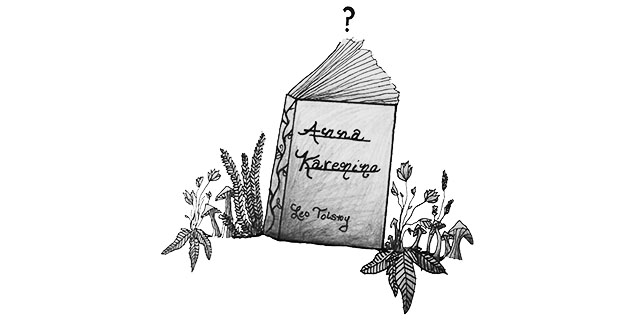
Each morning, I walk down my front steps, not bothering to lock the door behind me. I plop my brand-name backpack carelessly in the trunk of my Prius, and as I drive off to school at a cautious 25 mph, I fail to remember that I have to speed up to get a good spot at the valet.
I understand how ridiculous all of this sounds. Who the heck has the undeserved privilege of a valet at their own school? And better yet, how unbelievable is it that a 17 year-old has her own car?
Hancock Park is the epitome of a bubble: everyone in the area, including me, comes off as if they are somewhat unaware that beyond the 11-or-so streets that the area encompasses lies a world that is much less glamorous. Don’t get me wrong, this type of insular mentality exists in other neighborhoods and is equally ignored. However, Hancock Park continues to be a bubble, bordering its eastbound neighbors so closely, but giving little attention to the problems that reside just beyond the metaphorical socioeconomic wall.
And yet I can easily see myself moving back to Hancock Park as an adult with my family; this area is safe, sheltered, and I know that I will always feel comfortable walking down the streets alone at night.
Growing up in such a privileged neighborhood has shaped me in some not-so-glamorous ways. From an outsider’s perspective, I could easily see myself as a member of the so-called “spoiled and unaware” population, and I am critical of that aspect of my personality. I don’t want to be associated with this stereotype, but living in the ease of Hancock Park can create a “holier-than-thou” mentality.
Hancock Park’s affluence is sadly juxtaposed against a much less fortunate neighborhood to the east.
Some people living beyond the Hancock Park borders struggle to pay rent in their tiny, air-conditionless apartments and cannot afford to buy school clothes for their kids. They walk outside their homes and see homeless people pushing shopping carts full of empty glass bottles.
“Don’t go beyond Van Ness,” my mom used to warn.
Making sure to lock my car doors as I drive towards Silverlake, the closest gentrified area in the vicinity, I feel on edge. It’s ridiculous to think that I am legitimately less safe as I abruptly transition from riches to rags so to speak, yet driving eastbound on 1st St., I find myself not only racking my brain for my self-defense skills, but also feeling queasy with discomfort.
Let’s be honest: I find myself doing the things that I criticize other Hancock Park-dwellers of doing all the time. I don’t like that I am stereotyped because of this homogeneous socio-economic bubble. I strive to be a part of the one percent who actually realizes how privileged I am. The part that wants to burst the metaphorical bubble that encapsulates Hancock Park by venturing outside of our little shoe box.
I wholeheartedly believe that through boosting cultural awareness, we can break down the socioeconomic wall. Hancock Park is a perfect example of affluence creating a barrier between socioeconomic groups, and we should stop sheltering ourselves with our wealth.




